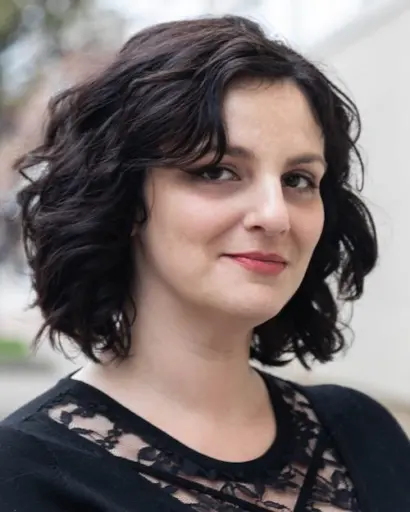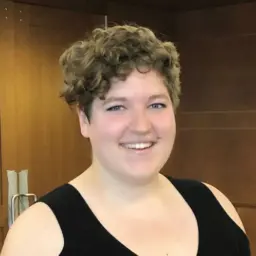In a hospital room, all the equipment necessary for a gastrostomy feeding—the IV pole, food pump and tube—fits together as intended, delivering nutrition directly to the patient’s stomach. It’s a setting designed explicitly for patient care, after all.
 Nicole Werner
Nicole Werner
The average home has a decidedly different setup. And for families with children with medical complexity (those who have significant chronic health conditions that affect multiple organ systems and require ongoing care), integrating medical devices into their existing physical environments can prove frustrating.
Those families also are resourceful, devising workarounds to better accommodate and sustain their children’s equipment in spite of limited support from device companies and healthcare providers. But that dearth of support means their adaptations and adjustments are largely unknown outside their homes.
To explore the workarounds families are employing, members of the lab of Nicole Werner, the Harvey D. Spangler Assistant Professor of industrial and systems engineering at the University of Wisconsin-Madison, worked with collaborators in the UW-Madison Department of Pediatrics and community partner Family Voices of Wisconsin. They published their study in the May 2021 issue of the journal Pediatrics.
“A lot of work has been focused on trying to make healthcare and devices safer in clinical settings, because that’s where they’re historically used the most,” says Werner, who studies healthcare systems and patient care from a human factors engineering perspective. “That’s important, but there’s just this gap, where we don’t really know how they’re being used in the home.”
In the study, led by PhD student Hanna Barton, researchers visited 30 families with children with medical complexity to conduct qualitative interviews about the barriers they faced related to medical device usage and the workarounds they developed in response.
The group then analyzed the interviews and identified four common barriers:
• The quantity and type of devices were inadequate; for instance, families needed more supplies or backup equipment
• Many devices were not designed to be used in a variety of locations, such as in the home and when traveling to other activities
• Some devices were disruptive, either because of their size or shape (like an IV pole) or the noise they produced (such as an oxygen concentrator)
• Some devices, such as wheelchairs, bath chairs or nebulizer masks, did not properly fit their child
 Hanna Barton
Hanna Barton
The paper details the variety of workarounds families created, such as mounting a paintbrush extension pole to the wall to save floor space occupied by a bulky IV pole, washing and reusing single-use suction catheters, and hanging oxygen tubing throughout the home to allow for greater movement.
By highlighting this hidden work and publishing the paper in a journal that’s largely read by clinicians, Barton hopes to give medical providers a window into the homes of their patients.
“If we can get clinicians thinking about what it’s like to do this at home, it might alter the conversations they have, like preparing someone for what life is going to be like now with a gastrostomy tube and the care you’re going to need to provide,” they say. “It’s not only about all the clinical diagnoses and medications, but it’s also about how that fits into your day-to-day life.”
Werner says she’s hoping the work can also inform medical device design by showing companies how patients and caregivers are actually using equipment in their homes.
In the future, Werner and Barton hope to systematically create a taxonomy of workarounds and develop ways to assess the risks associated with those adaptations to better support families.
“People are having to do these workarounds to make life work. Some of them are riskier than others, and we don’t know the downstream impacts,” says Barton. “We need better ways to assess risk and assess people’s risk tolerance, and to work with families in a more nuanced way.”